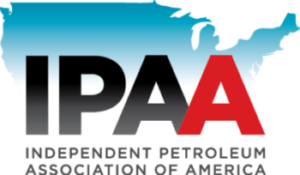Joint Trades Letter Supporting Unlocking Our Domestic LNG Potential Act
Letters and Comments Jan 30, 2024“Dear Speaker Johnson, Senator Schumer, Representative Jeffries and Senator McConnell,
“On March 25th, 2022, President Biden stood with European Commission President Ursula von der Leyen and pledged to work together to lay the framework for a significant increase in U.S. LNG exports to the European Union. American supply allowed the European Union’s economies and population to survive as Russian natural gas was turned off following the brutal Russian invasion of Ukraine.
“At home, the men and women at the heart of U.S. energy production ramped up production at an unprecedented pace to meet domestic demand as well as the new demand from our allies abroad. Today, production has never been higher and energy prices and supply have remained stable in America even with the increased U.S. exports. In fact, U.S. LNG exports reached record highs in 2023 while domestic prices declined 62%.
“The Biden Administration’s recent announcement to pause new non-FTA permits for LNG export facilities could not have come at a worse time. This action threatens to stifle the progress made by the unprecedented ramp up of our domestic industry and the fundamental shift in dependence made by Europe. …
“We strongly support the re-introduction of Unlocking Our Domestic LNG Potential Act by Rep. August Pfluger (TX-11) which will counter this misguided decision by the Administration and put the Federal Energy Regulatory Commission in charge of all LNG export permitting in the United States. Removing DOE from the process will help to ensure that political maneuvers will not interfere with energy supplies. It is vital that Congress send an immediate message to our allies, and enemies, abroad that U.S LNG will continue to flow uninterrupted for many years to come.



